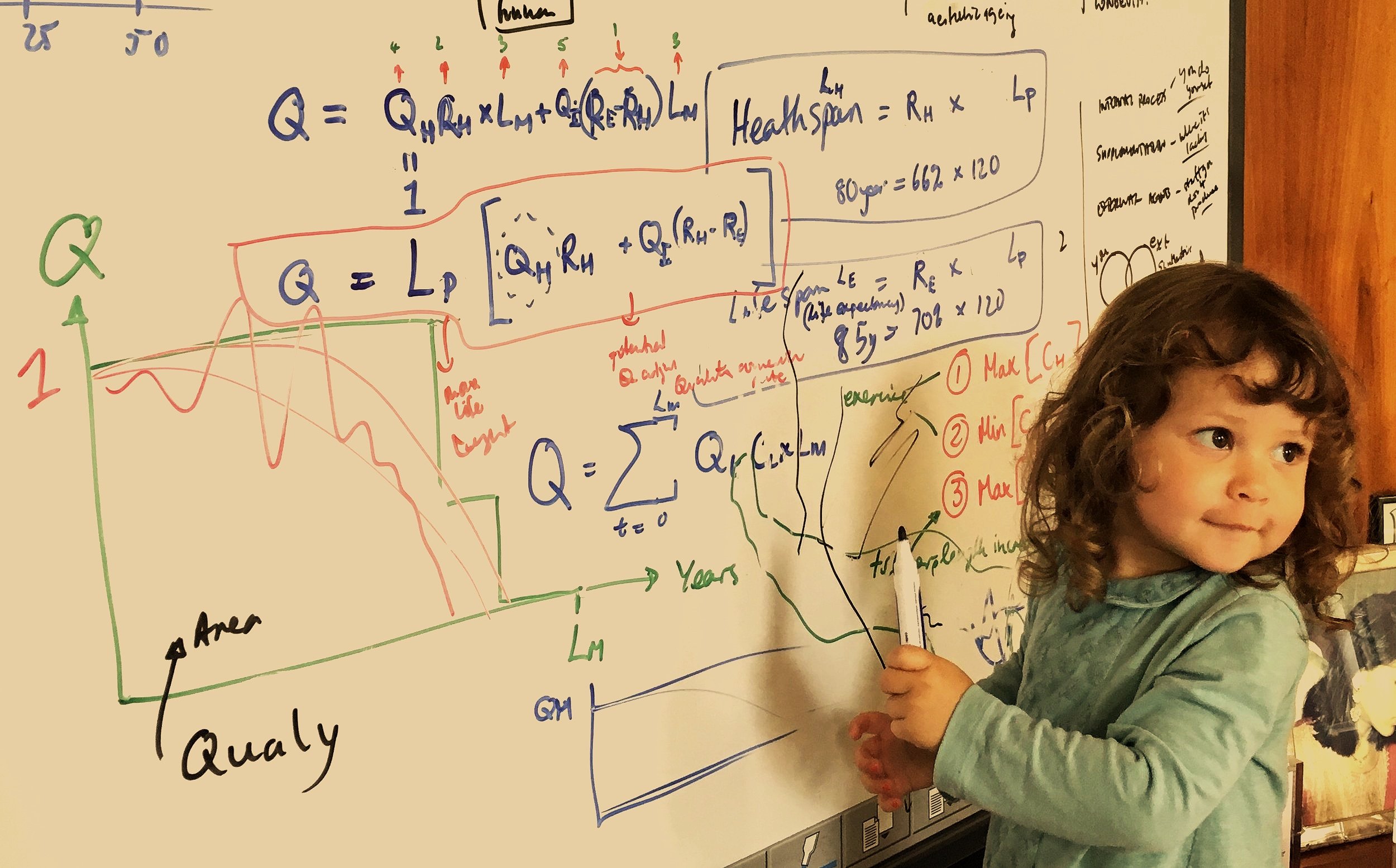
Deep insights. Simply put
Carefully curated. Deeply researched. Free of ads and shackles.
There are brilliant content producers with the finger on the pulse. So we won’t regurgitate the news just to keep up with the crowd, except if the news needs an urgent second opinion. And this is not a rarity. We take our time to see through commercial biases, and noodle on the nuances behind the headlines. Always in an easily digestible form. An individual human may be pear-shaped but is never bell-shaped - meaning, statistical evidence for whole populations may not fit well with you if you’re an edge case or working in extremes. Like many of our patients. While on the programme or alumni membership we’ll take the topics you ask us about and tailor what it means to those like you. And while we use AI tools to help us search and type faster, rest assured, we don’t rely on anyone except the experts.
-
We geek out on:-
Preventive & therapeutic medicine
Leadership & relationships
Health-span research
Human Performance Science
Nutrition and 'Notrition' (fasting) and Nootrition (cognitive enhancement)
Sleep, Jetlag and circadian biology
Fitness & Physique
All things Psyche...
-
,,,,
-
…

The Circadian Advantage: How to Make Smarter Investment Decisions with Your Body Clock
Circadian rhythms are our natural sleep-wake cycles, our body clock. They play a significant role in every cell in our body but also in our cognitive function. Within waking hours, an individual reaches peak performance during their circadian “acrophase”, and their performance drops during their “circadian nadir”. The timing of this window of optimal alertness classifies individuals as either a morning lark or night owl chronotype. Larks experience peak cognitive performance in the morning and the opposite is true of owls, who perform better in the evening. Research has shown that circadian rhythms can thus impact investment decision-making.

